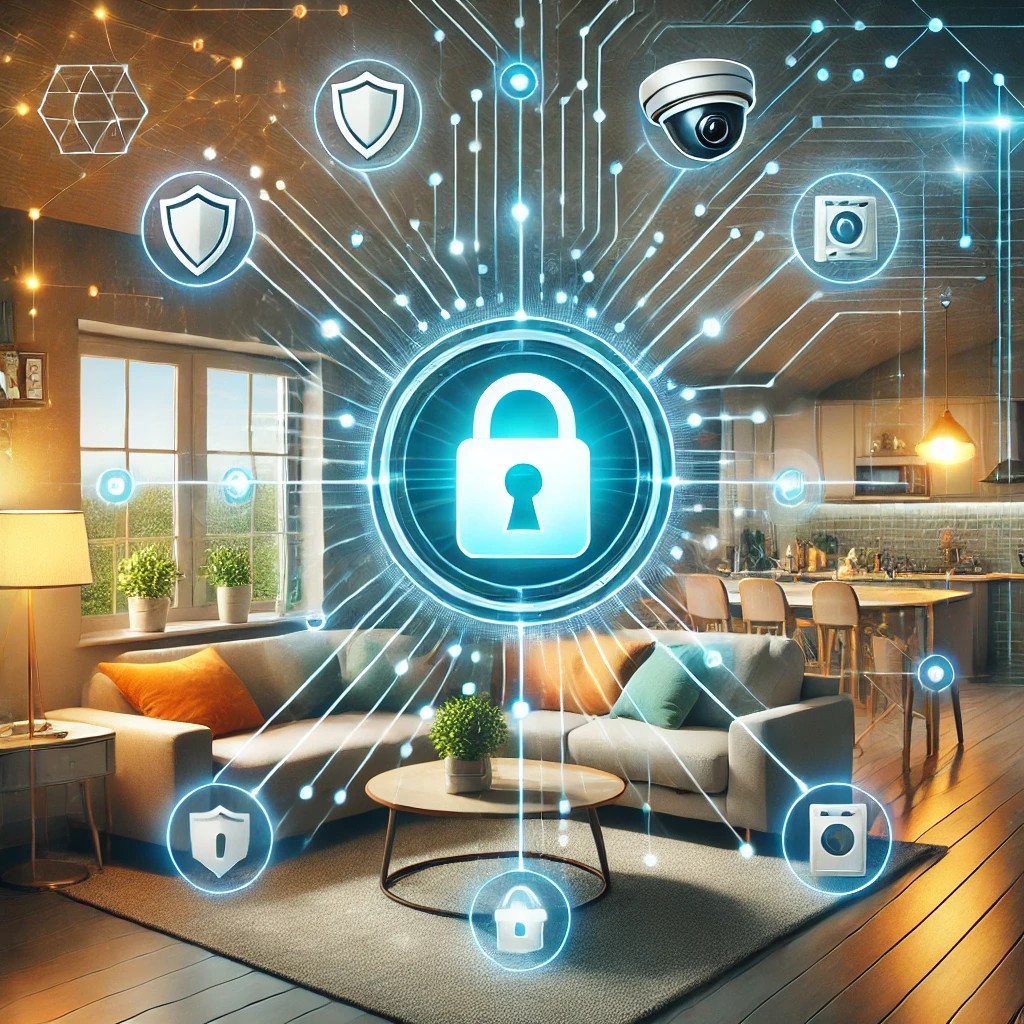In recent years, smart home technologies have revolutionized how we interact with our living spaces. From voice-activated assistants to automated lighting and security systems, the convenience and efficiency offered by smart devices are transforming households worldwide. However, alongside these advancements comes a critical concern: security. As more homes become interconnected through the Internet of Things (IoT), safeguarding personal data and privacy has become paramount.
The Rise of Smart Home Technologies
Smart home devices are designed to make life more convenient. These devices can:
- Automate routine tasks, such as adjusting thermostats and turning off lights.
- Enhance home security with smart locks, cameras, and motion sensors.
- Improve energy efficiency by optimizing appliance use and monitoring energy consumption.
- Provide entertainment through voice-activated speakers and smart TVs.
According to market analysts, the global smart home market is expected to grow exponentially, driven by innovations in AI, machine learning, and IoT connectivity.
Security Challenges in Smart Homes
While the benefits of smart home technologies are undeniable, their increasing prevalence introduces several security challenges:
1. Data Privacy
Smart home devices collect vast amounts of data, including usage patterns, voice recordings, and personal preferences. If not adequately protected, this data can be exploited by hackers or unauthorized third parties.
2. Vulnerabilities in IoT Devices
Many smart devices have weak security protocols, making them prime targets for cyberattacks. Default passwords, outdated firmware, and unencrypted communication channels are common vulnerabilities.
3. Network Security
A compromised home network can grant attackers access to all connected devices, creating a domino effect that jeopardizes the entire ecosystem.
4. Physical Security Risks
Compromised smart locks or security cameras can lead to unauthorized access to the home, posing a significant threat to physical safety.
Best Practices for Securing Smart Homes
To mitigate these risks, homeowners should adopt proactive measures:
1. Use Strong Passwords
Replace default passwords on all devices with unique, complex passwords. Consider using a password manager to keep track of them.
2. Enable Two-Factor Authentication (2FA)
Whenever possible, enable 2FA to add an extra layer of security to your accounts and devices.
3. Regularly Update Firmware
Manufacturers often release updates to address security vulnerabilities. Keep your devices up to date to benefit from these patches.
4. Secure Your Network
Use a strong, encrypted Wi-Fi password and consider segmenting your network to isolate smart devices from other sensitive systems.
5. Invest in Secure Devices
Research products and prioritize those with robust security features and a good reputation for data protection.
6. Monitor Device Activity
Regularly review device logs and notifications to spot any unusual behavior or unauthorized access attempts.
The Role of Manufacturers and Policymakers
While individual users bear responsibility for securing their devices, manufacturers and policymakers also play a crucial role:
- Manufacturers should implement strong security protocols, including encryption, automatic updates, and secure authentication mechanisms.
- Policymakers can establish regulations and standards to ensure that IoT devices meet minimum security requirements before entering the market.
Conclusion
Smart home technologies have the potential to redefine how we live, offering unparalleled convenience and functionality. However, the benefits come with significant security challenges that cannot be ignored. By adopting best practices and demanding accountability from manufacturers and regulators, homeowners can enjoy the advantages of smart living without compromising their privacy and safety.
As the smart home landscape evolves, security must remain a top priority for everyone involved in the ecosystem.
